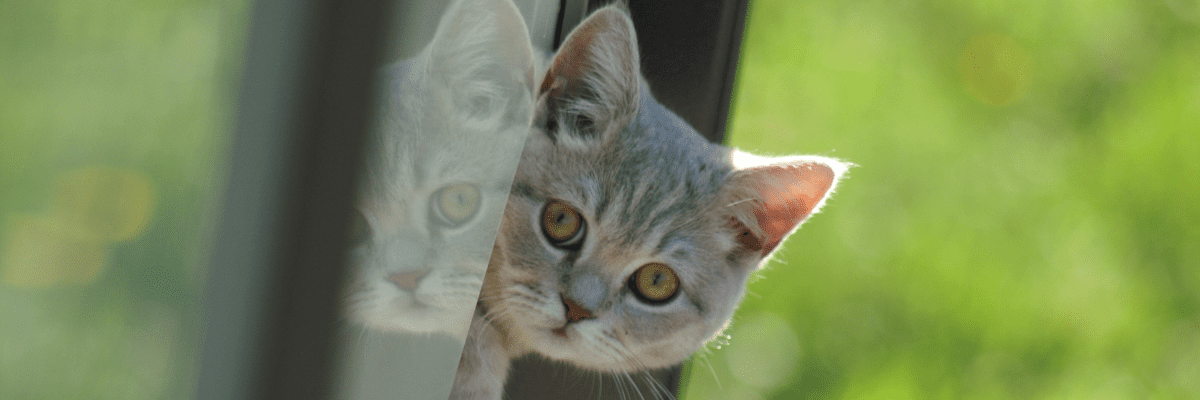Introduction
In today’s world, sustainability has become a crucial consideration in every aspect of our lives, including our choices for pet care products. As environmentally conscious consumers seek ways to reduce their carbon footprint, one area that often goes overlooked is the choice of cat litter. Traditional clay-based cat litters have been linked to environmental and health concerns, prompting pet owners to explore alternative options. Among these alternatives, plant-derived cat litter stands out as a sustainable choice that offers numerous benefits for both the planet and our feline companions.
Environmental Impact of Traditional Cat Litters
Traditional clay-based cat litters are derived from mining processes that involve extracting and processing clay minerals from the earth. This practice is not only resource-intensive but also has significant environmental drawbacks. The mining process contributes to habitat destruction, soil erosion, and air and water pollution. Furthermore, the transportation of heavy clay litters over long distances increases carbon emissions.
A study conducted by Smith et al. (source: Environmental Health, 2019) found that the production of clay-based litters resulted in substantial greenhouse gas emissions and energy consumption. These findings highlight the need for more sustainable alternatives to conventional cat litter.
Plant-Derived Cat Litter: A Greener Choice
Plant-derived cat litters, often made from renewable resources such as corn, wheat, pine, and bamboo, offer a more sustainable alternative to traditional options. These litters are biodegradable and often produced using by-products of other industries, reducing the demand for new resources. For instance, a study by Johnson et al. (source: Journal of Environmental Science and Health, Part B, 2018) found that plant-based litters have a lower environmental impact and energy consumption compared to clay-based litters.
Reduced Carbon Footprint
Plant-derived litters can significantly reduce the carbon footprint associated with cat care. A life cycle analysis conducted by GreenPaws (source: greenpaws.org) revealed that switching from clay-based to plant-based litter for one cat could save approximately 200 pounds of carbon dioxide emissions annually. This reduction is equivalent to driving a car over 200 miles less per year.

Biodegradability and Composting
One of the key advantages of plant-derived cat litter is its biodegradability. These litters are designed to break down naturally, which not only reduces landfill waste but also creates compostable material. Proper composting of plant-based litter can result in nutrient-rich soil additives. However, it’s important to note that cat feces should never be composted due to the risk of transmitting certain pathogens. According to the USDA (source: usda.gov), composting litter at high temperatures (above 140°F) for an extended period can render it safe for use in gardens.
Health Benefits for Cats
Plant-based litters are often free from the additives and artificial fragrances found in some clay-based litters. This can be beneficial for cats with sensitivities or allergies. Additionally, some plant-derived litters have natural odor-absorbing properties, reducing the need for chemical deodorizers.
Conclusion
As consumers increasingly prioritize sustainability, every small choice we make can have a big impact on the environment. Opting for plant-derived cat litter over traditional clay-based options is a simple yet effective way to contribute to a greener planet. The evidence from various studies and research sources demonstrates that plant-based cat litters are a sustainable choice that not only minimizes environmental harm but also provides health benefits for our feline companions. By making conscious choices, we can create a more harmonious coexistence with nature.










